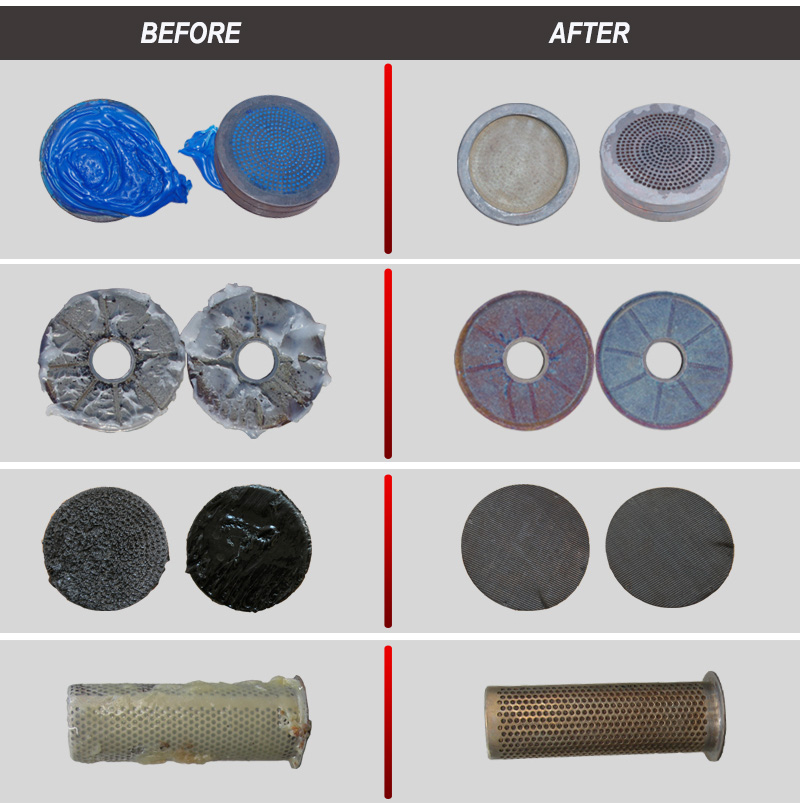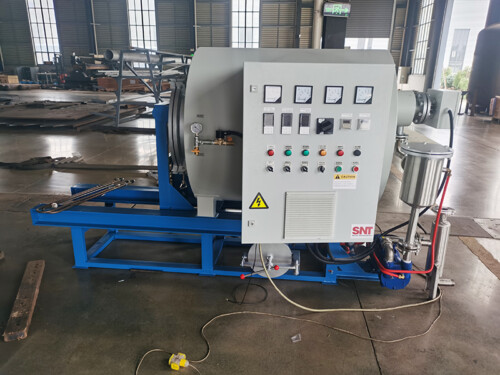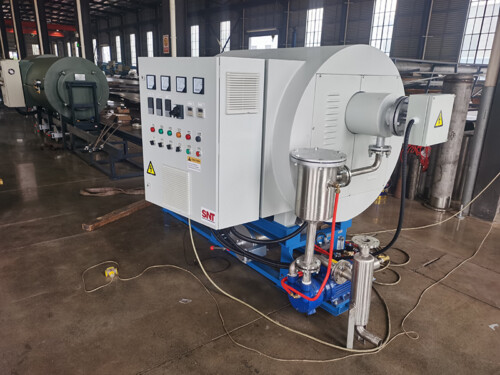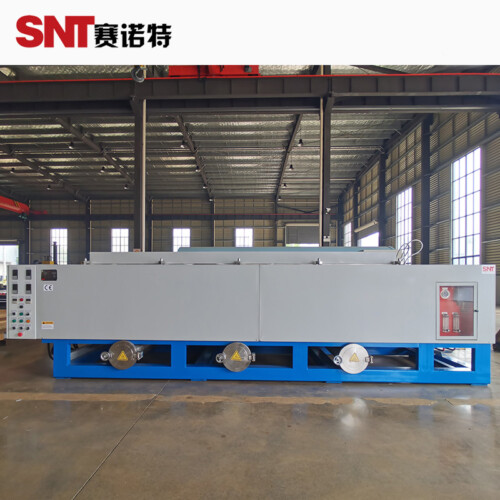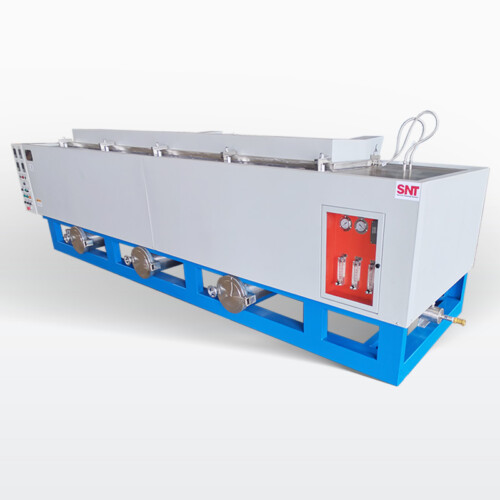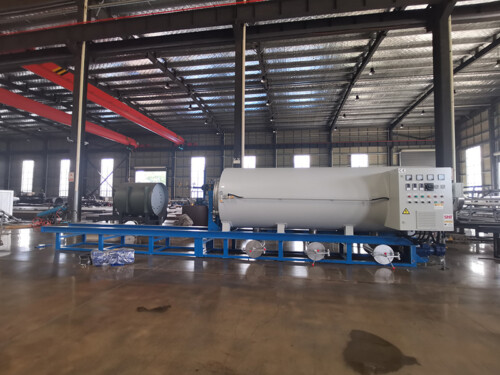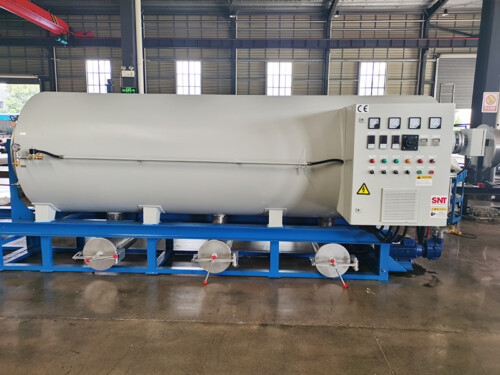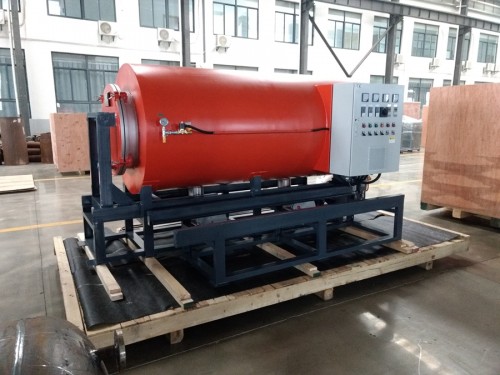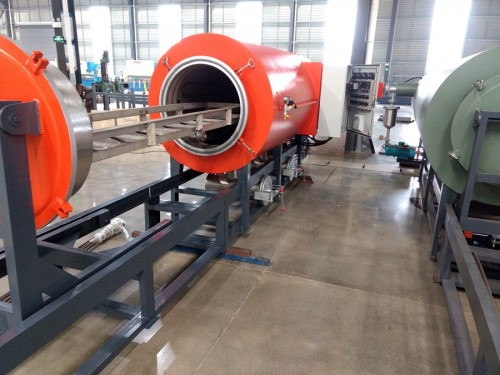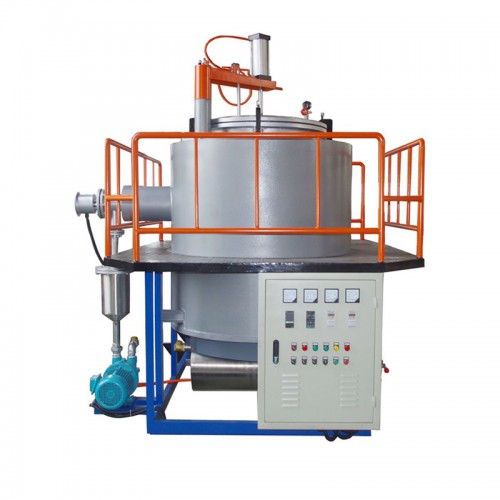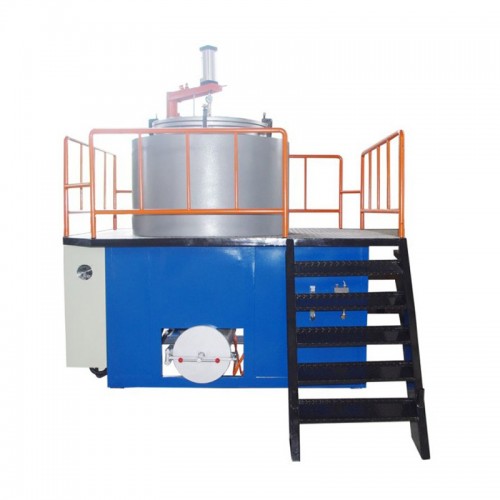Model: VCH
Power Supply: 380V 3Ph 50Hz (Customizable)
Application: Removal of Polymers from metal parts
Working Temperature: 450°C to 540°C
Heating: Electric heating
Temperature Control: PID Meter or PLC control
Control Accuracy: ±1°C
Color: Customizable
Vacuum Cleaning Furnace for hot runner manifold
Product Description
Vacuum Pyrolysis Oven is designed specially for cleaning polymers from a variety of metal parts. The parts to be cleaned are heated in a chamber where the polymer melts and drains into the bottom collector. Remaining polymer is vaporized and then water scrubbed in a secondary scrubber where condensates are collected and rush out with water. Since cleaning takes place under vacuum, combustion does not occur. The parts are protected from excessive or localized high temperatures. The whole process has no pollution.
► APPLICATIONS
| The Parts To Be Cleaned | Industry |
| Spinnerets, Spinpacks, Filter Candles, Melt Pumps, Melt Pipes, etc. | Fiber (Chmeical fiber, Non-woven) |
| Extruder Screws, Film Blowing Dies, Breaker Plates, etc. | Extrusion |
| Hotrunner, Nozzles, Screws. etc. | Injection Molding |
| Filters, etc. | Film |
► BENEFITS
- Cleaning is totally Automatic.
- Precise temperature control.
- Suitable for different thermoplastic polymers, e.g. PET, PA, PP, TPE, PB, PBT, PC, PMMA, ABS, etc.
- Short cleaning cycles (about 8 hours) and low energy consumption.
- Simple operation.
- Safety and no pollution.
► SPECIFICATIONS

Note: Custom sizes are available per request.
► CLEANING PROCESS
 I. Melting Phase
I. Melting Phase
The parts to be cleaned are heated to 320°C in the chamber. After this process, most of the polymer melts and drains into the bottom collector.

II. Pyrolysis Phase
Polymer that did not melt during the first phase will be pyrolyzed and vaporized under vacuum. The generated gases are converted to CO2 and H2O (Vapor) in the catalyst heater.

III. Oxidation Phase
Remaining ploymer that still exist after the pyrolysis phase will be burnt under vacuum and limited air. The generated gases also are converted in the catalyst.
► COMPARISON
